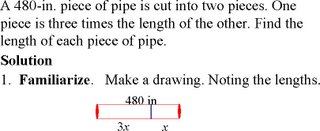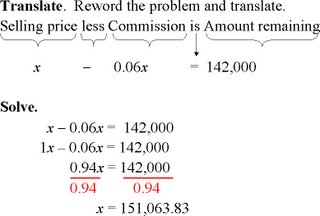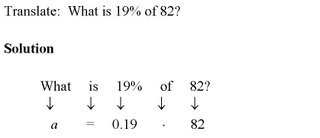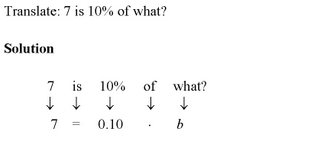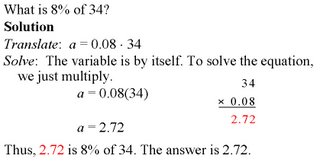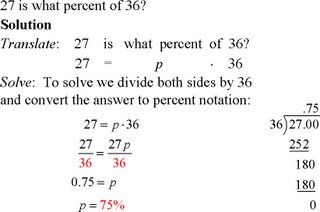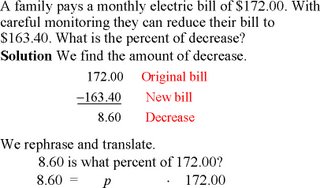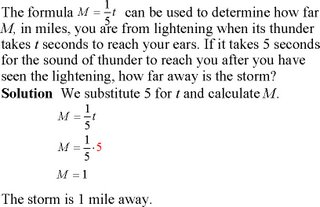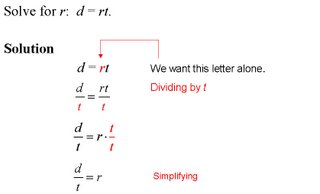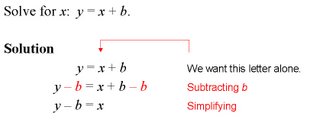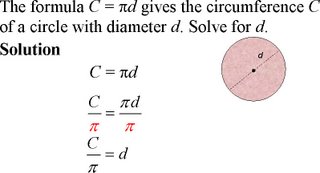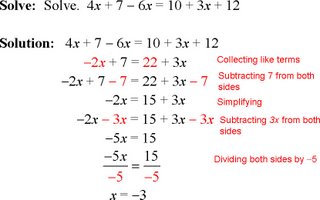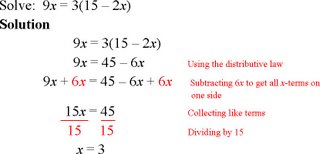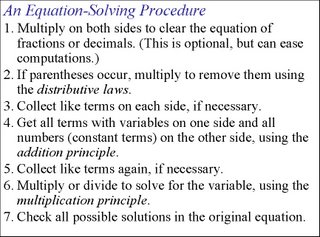Solving Equations and Inequalities 2.7
2.7 SOLVING INEQUALITIES
a. Determine whether a given number is a solution of an inequality.
b. Graph an inequality on a number line.
c. Solve inequalities using the addition principle.
d. Solve inequalities using the multiplication principle.
e. Solve inequalities using the addition and multiplication principles together.
Objective a
Determine whether a given number is a solution of an inequality.

Example A

Objective b
Graph an inequality on a number line.
Graphs of Inequalities
Because solutions of inequalities like x < 4 are too numerous to list, it is helpful to make a drawing that represents all the solutions.
The graph of an inequality is a drawing that represents its solutions. Graphs of inequalities in one variable can be drawn on a number line by shading all the points that are solutions. Open dots are used to indicate endpoints that are not solutions and closed dots are used to indicated endpoints that are solutions.
Example B


Objective c
Solve inequalities using the addition principle.

Example C

Example D

Objective d
Solve inequalities using the multiplication principle.

Example E


Objective e
Solve inequalities using the addition and multiplication principles together.
Example F

Example G

Example H



